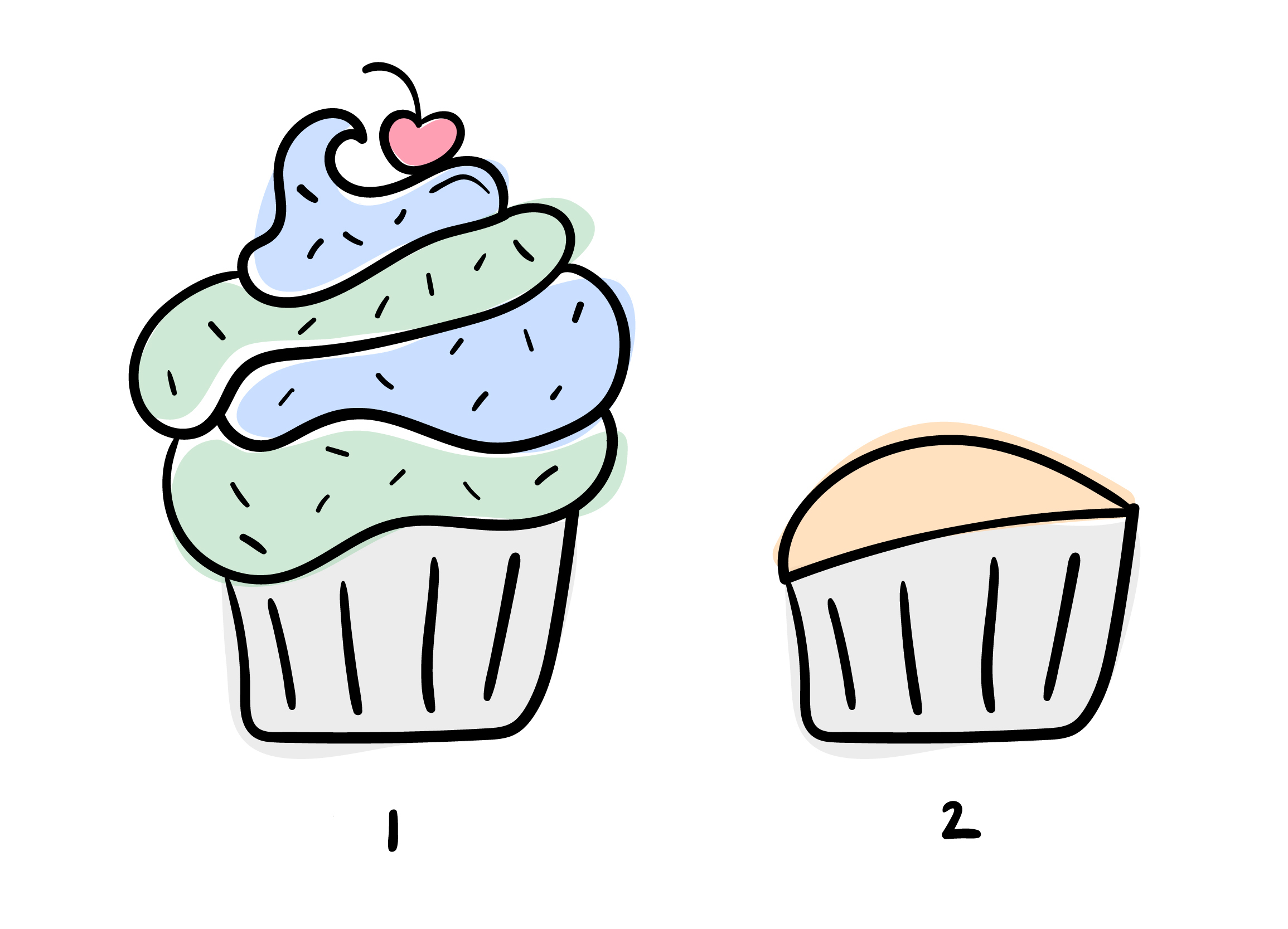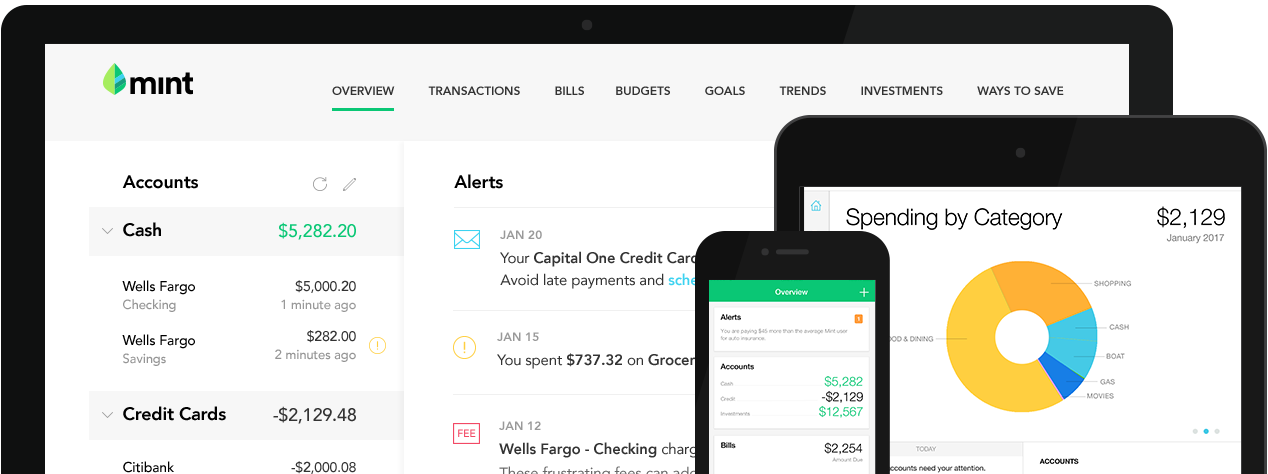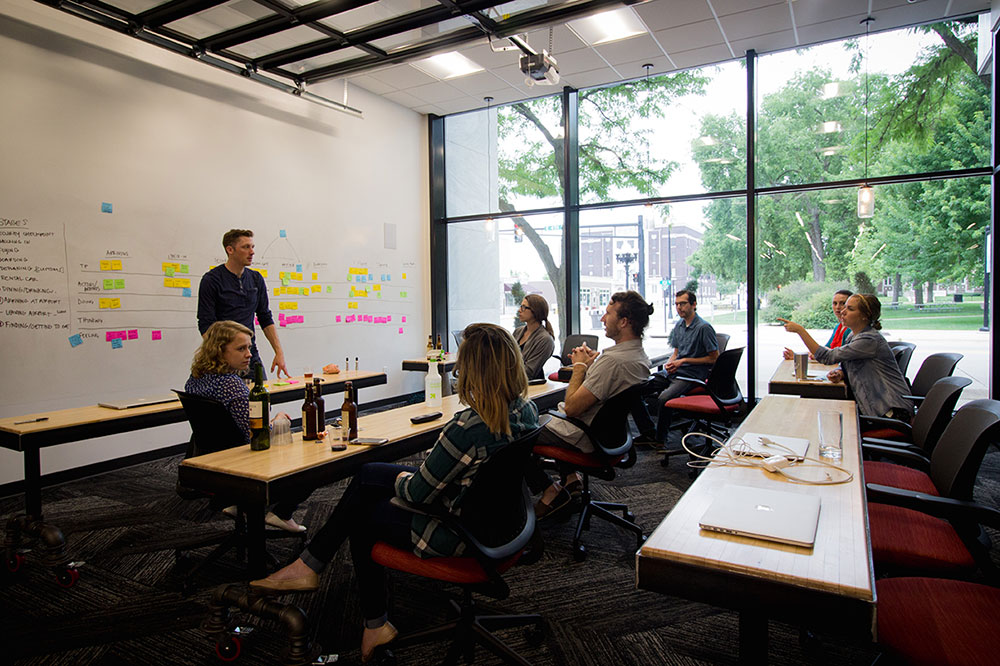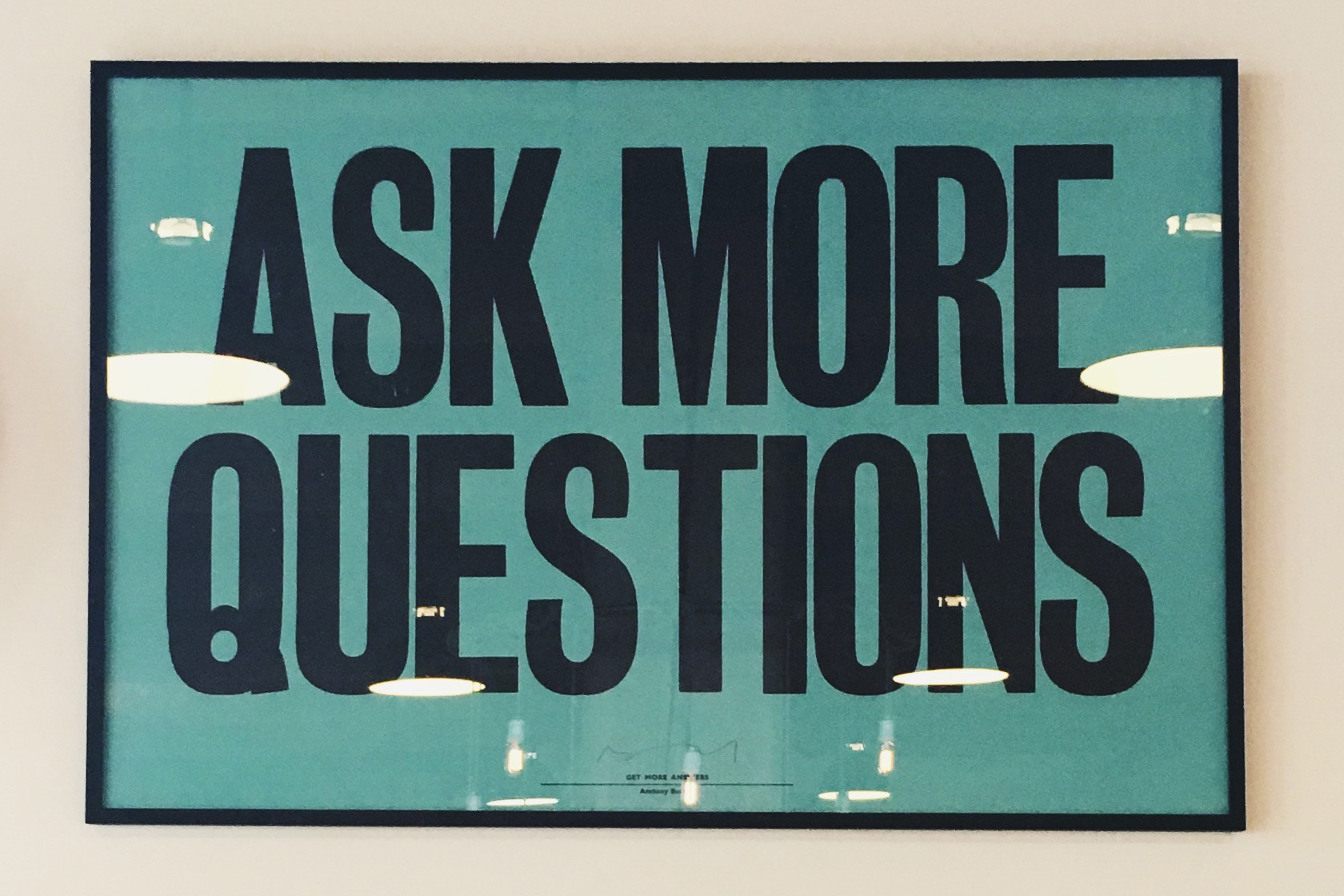Form is Functional: Why Design is More Than Gold Plating
3 min read
When budgets are tight in the software world and companies want to save money, form is usually the first to go. In these situations, the design tends to be considered ‘gold plating’ and not a necessity. It’s thought to only make the product ‘look nice’. This assumption couldn’t be further from the truth. Form has purpose far greater than adding a cherry on top.
Let’s take a look at two everyday products that exemplify the value of form:
1. Automobiles
Let’s consider the auto industry. Imagine yourself in this scenario: you are purchasing a new vehicle at a price point with many options. How likely are you to buy a car that isn’t visually appealing to you?
According to J.D. Power’s research in 2015, exterior styling has become one of the most important purchasing criteria, second to reliability.
What’s the reason?
As much as we hate to admit it, we judge books by their covers, and first impressions greatly influence the decisions we make. The vehicle design is a key element when crafting that first impression. It gives the automobile a personality. Yes, I know it sounds strange, but a car can have a personality!
Vehicles are designed to make target users feel specific emotions. Subaru’s personality paints an outdoorsy and adventurous picture, while Tesla gives off qualities like forward-thinking, environmentally responsible, and luxurious. Different brands directly correlate to the lifestyle we want to live or be perceived to live.
2. Cupcakes
Form also plays a significant role in the cupcake industry. If you were selecting a cupcake from the image below, to satisfy your sweet tooth, which would you pick?

Hands down, I’m picking Cupcake 1.
Why the first option?
These aesthetics are not ‘only’ frosting on top. Though both are cupcakes, there’s something about the carefully crafted frosting layers, delicately placed sprinkles, and a cherry on top that is mouth-watering.
From past experiences, we assume the decorative details will add delight to the overall experience, in turn, slaying our sweet tooth. Cupcake 2 could be the best tasting, but at first glance, we instinctively pick option 1.
Now how does this apply to software?
It is no different in the software world. Design is not ‘gold plating’ if it is purposefully created to impact the user’s overall experience and possesses qualities they can relate to.
Design is not ‘gold plating’ if it is purposefully created to impact the user’s overall experience.
Mint, for example, takes form seriously. The personal finance tool gathers all of a user’s financial information together for easier budgeting and money management.
Because they have access to financial accounts, success of their product depends greatly on trust. To exemplify this trait, the company created a clean, well-designed interface based on the premise that users would connect the time and thought put into aesthetics to how Mint would handle their secure information.
 Image from https://www.mint.com/how-mint-works#toc
Image from https://www.mint.com/how-mint-works#toc
Attractive things work better
When we view aesthetically pleasing software, a positive emotional response is created, improving our cognitive abilities. Attractive things actually work better!
Donald Norman describes this aesthetic-usability effect in his book Emotional Design.
“Attractive things make people feel good, which in turn makes them think more creatively. How does that make something easier to use? Simple. By making it easier for people to find solutions to the problems they encounter.”
Form is functional
The ideal user experience not only relies on usability and usefulness, but desirability. How something looks and makes us feel molds our perception of how it will work.
The ideal user experience not only relies on usability and usefulness, but desirability.
Spending time to create the form that portrays the correct qualities for your users is the difference between good and great.
So, when budgeting for your next product design, consider the importance of form and the impact it has on your users. Are you allocating enough resources to design?






